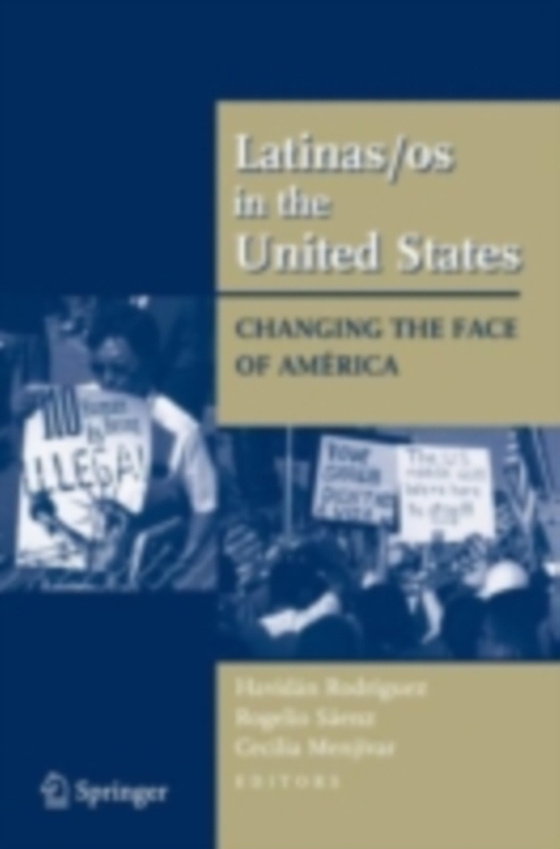
Latinas/os in the United States e-bog
583,01 DKK
(inkl. moms 728,76 DKK)
Clara E. Rodriguez As is befitting a book on Latinas/os at the start of the 21st century, the chapters in this volume reflect the contemporary panorama of Latinas/os in the United States. Today, Latinas/os are the largest minority group. They accounted for 12. 5% of the total U. S. population in the last decennial census; recent estimates sho wed the Hispanic population to be 41. 3 million as o...
E-bog
583,01 DKK
Forlag
Springer
Udgivet
21 november 2007
Genrer
Sociology
Sprog
English
Format
pdf
Beskyttelse
LCP
ISBN
9780387719436
Clara E. Rodriguez As is befitting a book on Latinas/os at the start of the 21st century, the chapters in this volume reflect the contemporary panorama of Latinas/os in the United States. Today, Latinas/os are the largest minority group. They accounted for 12. 5% of the total U. S. population in the last decennial census; recent estimates sho wed the Hispanic population to be 41. 3 million as of July 1 1, 2004, or 14% of the nation's total population. However, this estimate does not include the 3. 9 million residents of Puerto Rico, who are also U. S. citizens and would raise the total to 2 45. 2 million. This would make the U. S. population of Latinos the second-largest Spanish-origin population in the hemisphere, after Mexico. The growth of this population since 1980 has been dramatic. Hispanics/Latinos grew more than seven times faster than the population of the nation as a whole, increasing by half, whereas the white (non-Hispanic) population increased by only 6% between 1980 and 1990 (U. S. Bureau of the Census, 1991, Table 1; U. S. Bureau of the Census, 1993, p. 2). In the 1990s, the Hispanic population increased 58%. Moreover, between 2003 and 2004, one of every two people added to 3 the nation's population was Hispanic/Latino. Consequently, not only are Latinos a substantial part of the U. S. population, but they account for half its population growth.
 Dansk
Dansk

